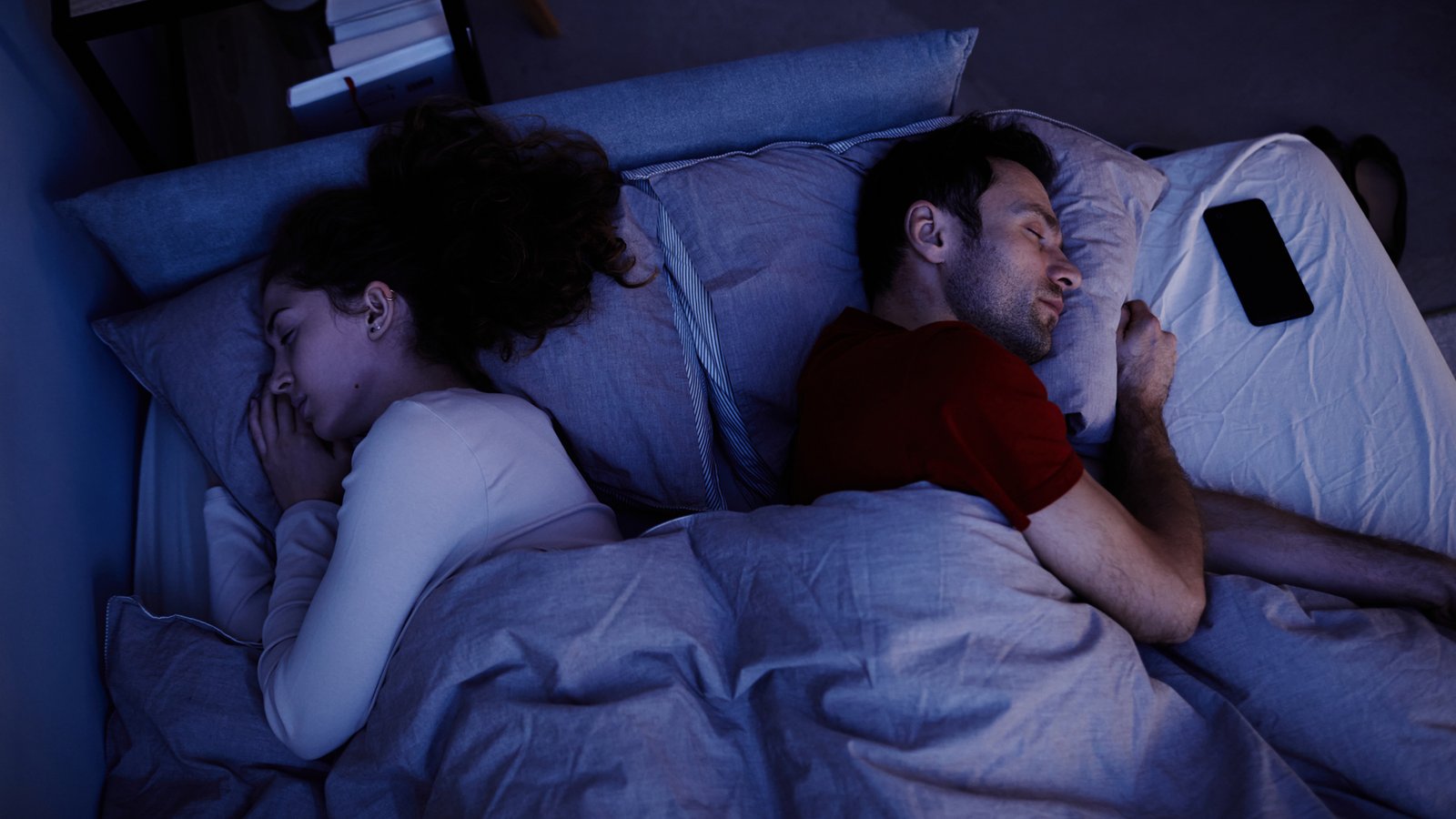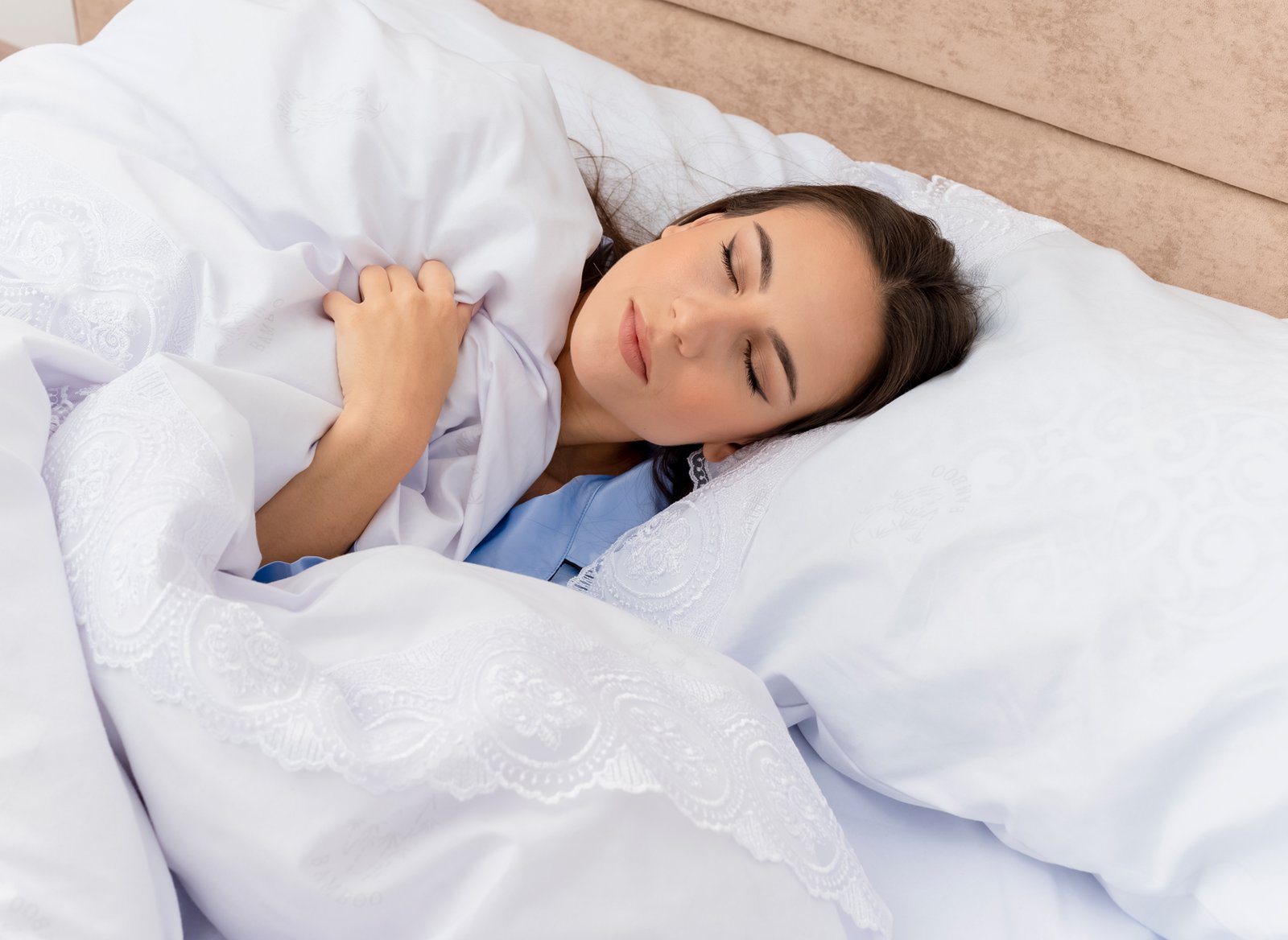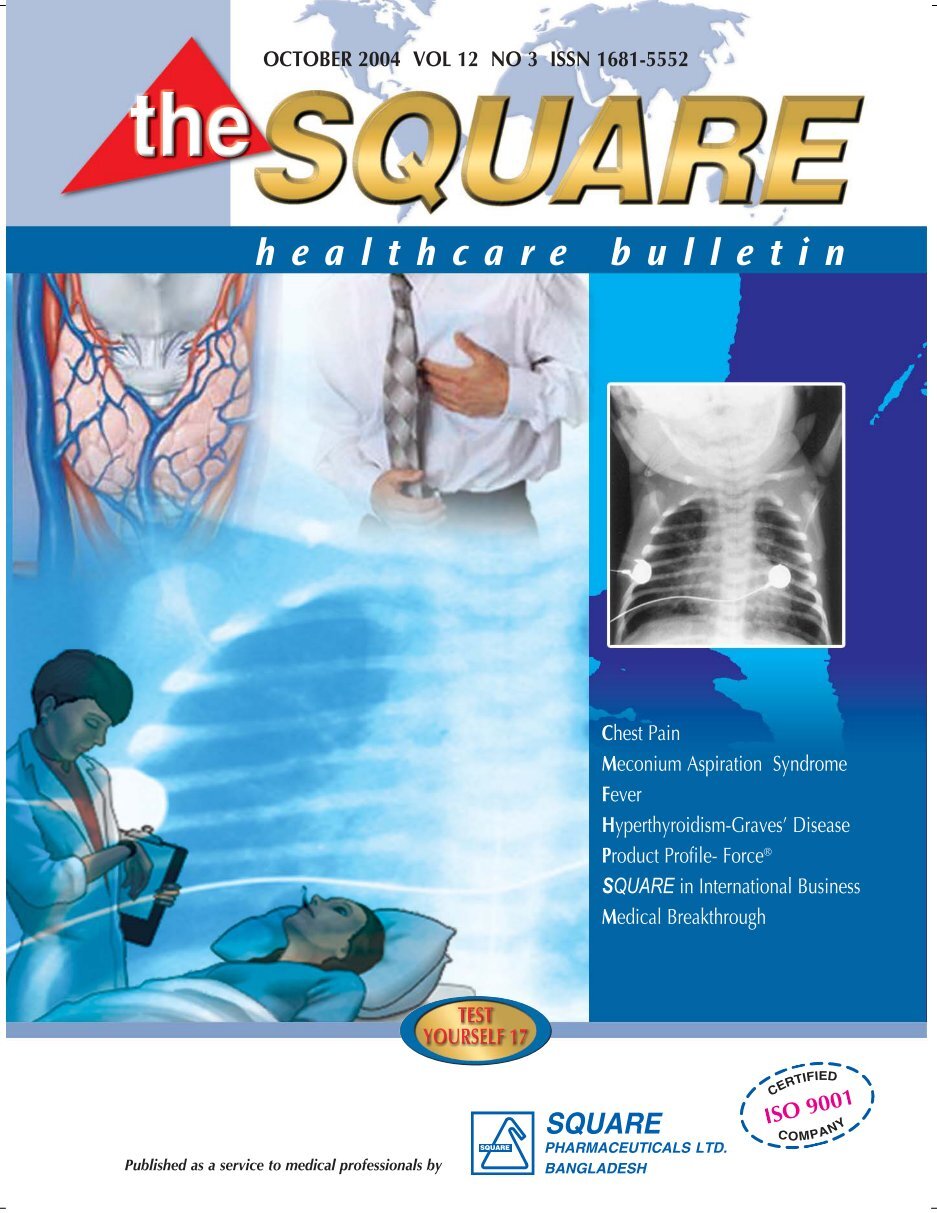Unveiling the Veils of Sleep: Exploring Common Types of Sleep Disorders

Introduction:
Sleep is an essential part of our daily lives, allowing our bodies and minds to rejuvenate and restore. However, for many individuals, sleep doesn’t come easily. Sleep disorders are prevalent conditions that can disrupt the quality and quantity of sleep, leading to various health issues. In this article, we will delve into the different types of sleep disorders, shedding light on their symptoms and effects, and highlighting the importance of seeking proper diagnosis and treatment.
I. Insomnia Disorders:
- Primary Insomnia: Primary insomnia is characterized by difficulty falling asleep, staying asleep, or experiencing non-restorative sleep for at least one month. It is not directly caused by another medical or psychiatric condition.
- Secondary Insomnia: Secondary insomnia is a result of underlying factors such as medical conditions (e.g., chronic pain, respiratory disorders), medications, substance abuse, or mental health disorders (e.g., anxiety, depression).
II. Sleep-Related Breathing Disorders:
- Obstructive Sleep Apnea (OSA): OSA is a common disorder where the upper airway becomes partially or completely blocked during sleep, leading to pauses in breathing. Symptoms include loud snoring, gasping or choking during sleep, excessive daytime sleepiness, and morning headaches.
- Central Sleep Apnea (CSA): CSA occurs when the brain fails to send proper signals to the muscles that control breathing. This results in periods of no breathing during sleep. Symptoms may include disrupted sleep, fatigue, and shortness of breath upon waking.

III. Parasomnias:
- Sleepwalking (Somnambulism): Sleepwalking is characterized by engaging in complex activities while asleep, such as walking, talking, or even cooking. Individuals may have no recollection of these activities upon waking.
- Nightmares and Sleep Terrors: Nightmares are vivid, disturbing dreams that can cause fear, anxiety, and difficulty returning to sleep. Sleep terrors, on the other hand, involve sudden awakening with intense fear, accompanied by symptoms like screaming and physical agitation.
IV. Circadian Rhythm Sleep-Wake Disorders:
- Delayed Sleep-Wake Phase Disorder (DSPD): DSPD is characterized by a delay in the timing of the sleep-wake cycle. Individuals have difficulty falling asleep and waking up at desired times, often resulting in inadequate sleep duration for their daily obligations.
- Shift Work Sleep Disorder: Shift work sleep disorder occurs when an individual’s work schedule conflicts with their natural circadian rhythm, leading to difficulties in falling asleep, staying asleep, or feeling rested during non-working hours.
V. Restless Legs Syndrome (RLS): RLS is characterized by uncomfortable sensations in the legs, often described as tingling, crawling, or aching, which worsen at rest and are temporarily relieved by movement. It can significantly disrupt sleep and cause daytime fatigue.
VI. Narcolepsy: Narcolepsy is a neurological disorder that causes excessive daytime sleepiness, sudden loss of muscle tone (cataplexy), hallucinations, and sleep paralysis. Individuals may experience sudden, uncontrollable episodes of falling asleep during the day.
Conclusion:
Sleep disorders encompass a wide range of conditions that can significantly impact an individual’s overall well-being. Recognizing the symptoms and seeking proper diagnosis and treatment is crucial for managing these disorders effectively. If you or someone you know is experiencing persistent sleep difficulties, it is important to consult with a healthcare professional who can provide appropriate guidance and support. With proper care, individuals can improve their sleep quality, enhance their overall health, and restore balance to their lives.













